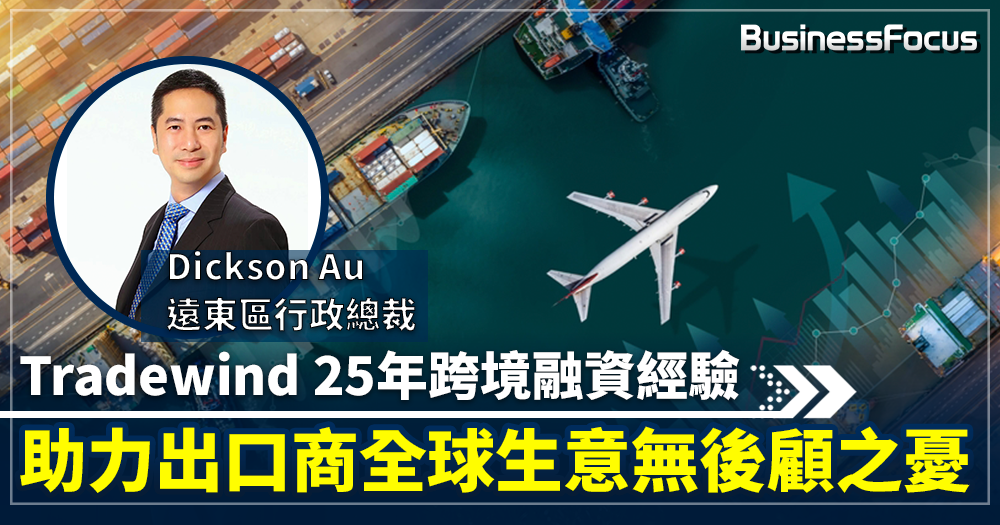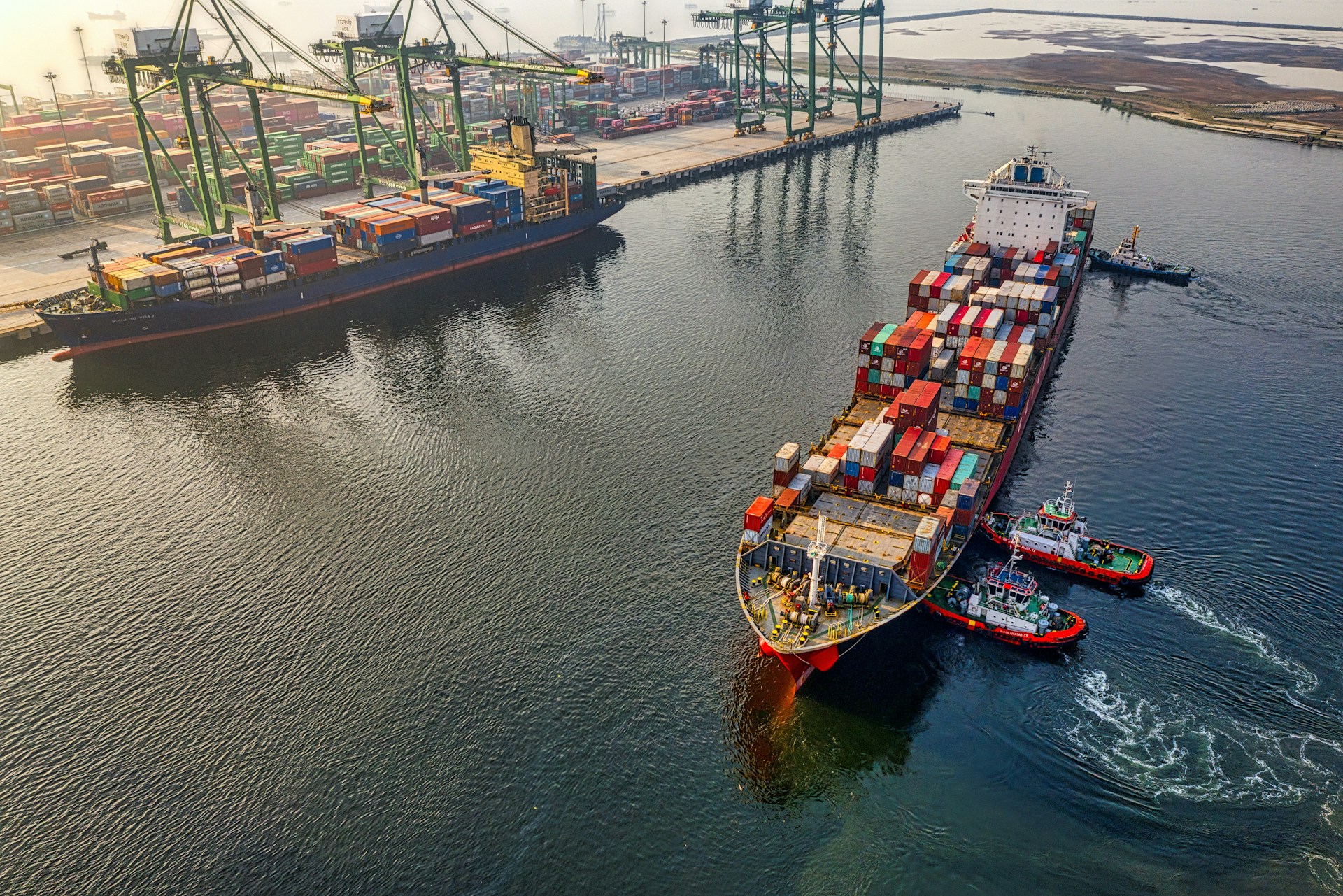On the path to recovery, Vietnam’s seafood exports reached nearly USD 2 billion in the first quarter of 2024, increasing 8 percent year on year, during which the US, Japan and China were the largest buyers, according to Vietnam Association of Seafood Exporters and Producers (VASEP). The country is forecasted to earn USD 9.5 billion from seafood exports this year, surpassing the USD 9 billion earned in 2023. Shrimp and shrimp products are anticipated to remain the main contributors to this growth.
Despite the promising outlook, exporters in this industry face challenges such as oversupply, high inventories, and lower prices, as highlighted by VASEP’s chairwoman, Nguyen Thi Thu Sac. To address these challenges and ensure a secure supply chain, a local frozen seafood producer has partnered with Tradewind Finance. Previously funded by banks, the company was attracted by the alternative finance provider’s reputation for their innovative invoice financing solutions and streamlined approval process.
The timely delivery of the USD 1.5 million export factoring facility as well as the credit insurance that came as part of the trade finance package allowed the leading supplier of fish to unlock a considerable amount of cash flow tied up in their accounts receivables and diversify their buyer portfolio with confidence. The flexible financial arrangement helped remove the exporter’s bottleneck in unpaid invoices, allowing them to expand operations, seize growth opportunities, and lay the foundation for the next phase of growth in the global market.
Dickson Au, Regional CEO – Far East, at Tradewind Hong Kong, expressed his excitement about the collaboration, stating, “We are honored to bring our rich expertise and customized financing solutions to this steadily growing client. The partnership goes beyond funding; it promises to help the Vietnamese exporter navigate the tides of global trade with confidence and financial resilience.”
With over 24 years of experience in trade finance across various sectors, Tradewind not only serves as a reliable financier but also as a global business protector, providing one-stop trade finance solutions for exporters, enabling them to stay competitive, pursue sustainable growth, and achieve profitability amid the constantly changing environment.
About Tradewind Finance
Founded in 2000, Tradewind Finance maintains a network of offices all over the world, including Bangladesh, Brazil, Bulgaria, China, Hong Kong SAR, Hungary, India, Pakistan, Peru, Turkey, UAE, and the USA as well as the headquarters in Germany. Combining financing, credit protection, and collections into a single suite of trade finance products, Tradewind brings streamlined, flexible, and best-in-class services to the world’s exporters and importers.



